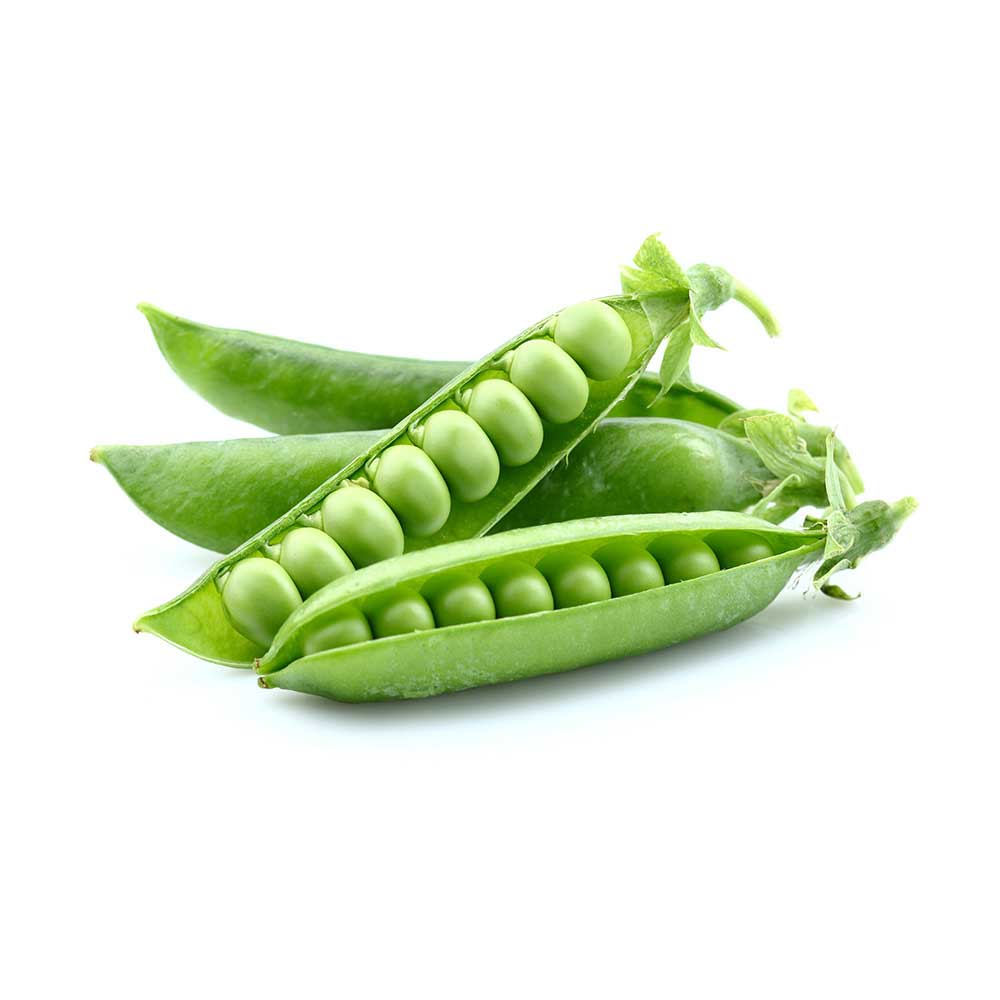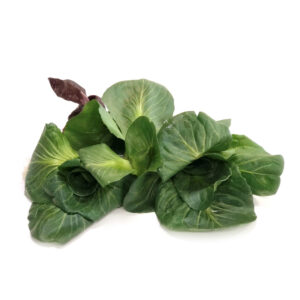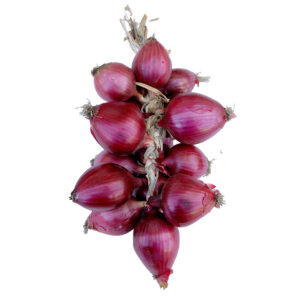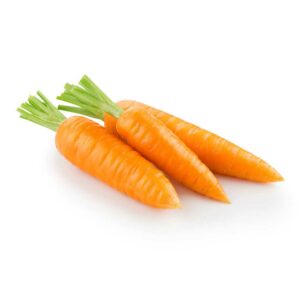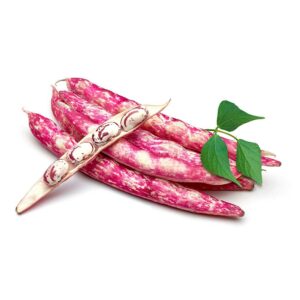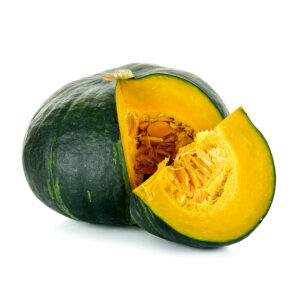Pea
Since fresh peas deteriorate very quickly, it is important to buy them soon after harvest and not store them for more than 12 hours in the fridge. The opposite is true of dried peas, which can be kept for months and, due to their nutritious properties, were one of the main staple foods for families in winter.
Peas go extremely well with potatoes, spinach, lettuce and carrots. They are less happy with garlic, onion and other members of the liliaceae family.
Description
The pea plant has fairly shallow taproots with numerous ramifications and a weak, smooth stalk that can reach two metres in height.
It is a climbing plant; however selection over time has led to dwarf or semi-climbing varieties. The fruit consists of a cylindrical pod, either straight or curved, with pointed ends, containing up to 10 smooth or wrinkled seeds of an uneven spherical shape. Peas can be divided into those that need shelling and those that are eaten whole, depending on the presence or otherwise of an inner membrane. The size and colour vary from one variety to the next: the seeds are usually green, but there are also yellow and white varieties.
Today peas are grown all over the world, most intensively in Asia and the United States. The main European producers are France, the UK, Italy (mainly Emilia-Romagna and the Marche) and Hungary. The seeds are eaten both fresh – including the pods in the case of mangetout – and dried.
